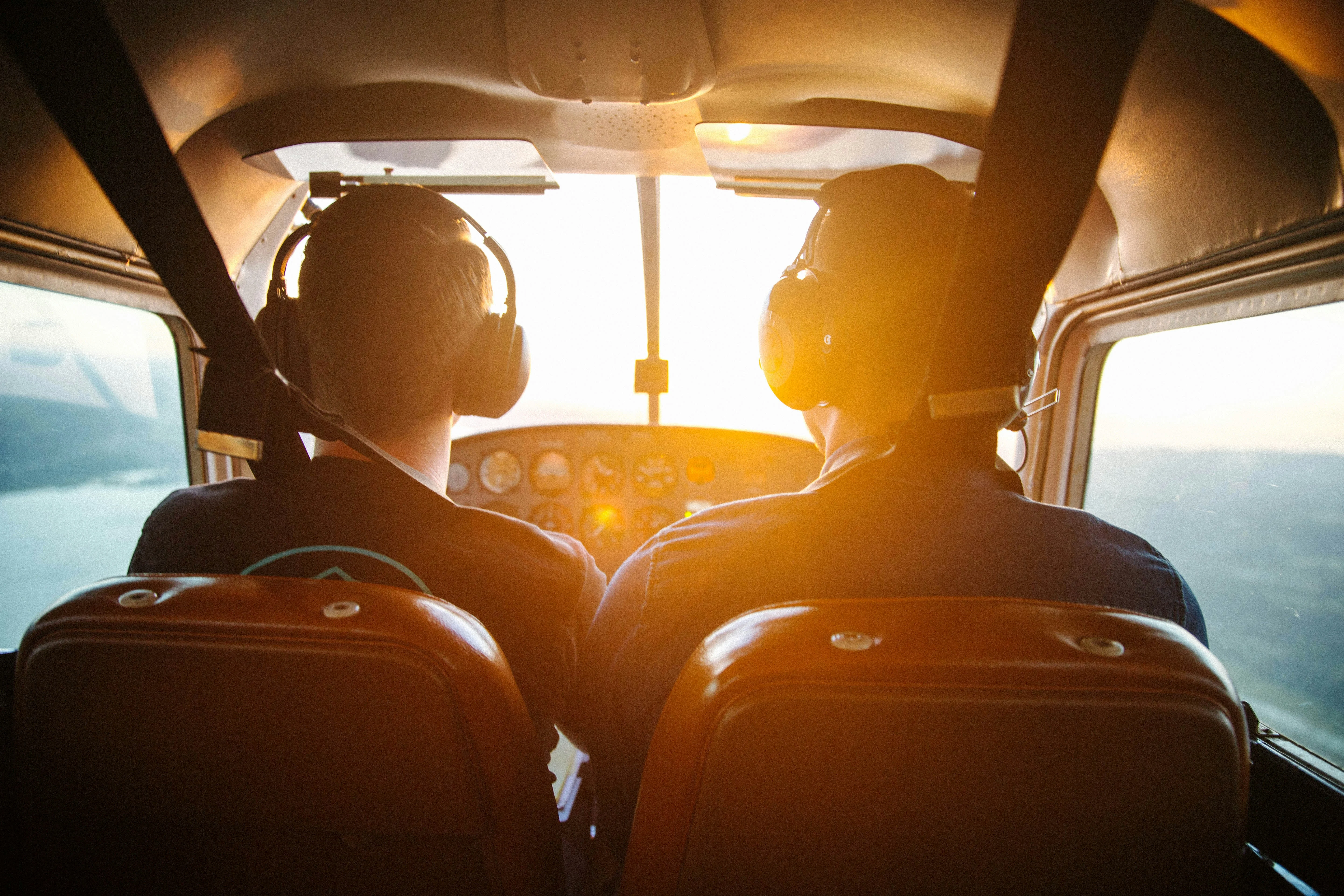Let's explore what comes with the achievement of a private pilot license!

This is the third of several articles in a series discussing the various types of pilot certifications. Each type of pilot certificate has different eligibility, training, experience, and testing requirements. Certificates sometimes have privileges and limitations under 14 CFR part 61 and part 91.
According to the Pilot’s Handbook of Aeronautical Knowledge:
- Privileges—define where and when the pilot may fly, with whom they may fly, the purpose of the flight, and the type of aircraft they are allowed to fly.
- Limitations—the FAA may impose limitations on a pilot certificate if, during training or the practical test, the pilot does not demonstrate all skills necessary to exercise all privileges of a privilege level, category, class, or type rating.
Endorsements are a form of written authorization that show the certificate holder has received training in specific skill areas, such as aircraft type. Endorsements are typically written and signed by a certified flight instructor (CFI) or check airman.
Private Pilot
The majority of active pilots hold a private pilot certificate. A private pilot may fly for pleasure or personal business and may not accept payment, although passengers may pay a pro rata share of flight expenses such as fuel, oils, airport expenses, and aircraft rental fees. A private pilot certificate allows a private pilot to act as PIC of any aircraft as long as they hold the appropriate ratings (type, endorsement, etc). The private pilot has almost unlimited authority to fly in VFR conditions.
If training with a part 141 flight school, the minimum experience required is 35 hours of flight time. If training with a part 61 flight school, the minimum experience required is 40 hours of flight time. In addition to flight time, the minimum aeronautical experience requirements for a private pilot are:
- 20 hours of flight training
- 10 hours of solo flight time in a single-engine airplane
- 5 hours of solo flight time cross country
- 1 solo cross country flight of 150 nautical miles total distance, with full-stop landings at three points, and one segment of the flight consisting of a straight-line distance of more than 50 nautical miles between the takeoff and landing locations
- 3 takeoffs and 3 full stop landings solo at a towered airport
- 3 hours of cross country flight training in a single engine airplane
- 1 night cross-country training flight of over 100 nautical miles total distance
- 10 takeoffs and 10 full stop landings at an airport at night
- 3 hours of flight training in a single engine airplane solely by reference to instruments
Privileges
A private pilot can act as PIC of an aircraft while carrying passengers, may act as PIC of a charitable, or non-profit flight, may act as PIC of an aircraft towing a glider or ultralight aircraft, provided they meet the proper recency requirements. A private pilot may also demonstrate aircraft in flight to a prospective buyer if the pilot has a minimum of 200 hours of flight time and is an aircraft salesperson.
Limitations
A private pilot may not fly for hire or pay less than the pro rata share of aircraft operating expenses (such as oil, fuel, airport expenses, or aircraft rental fees). A private pilot may not operate an aircraft in Class A airspace.
Written by Engine Sales Representative, Joshua Denton
